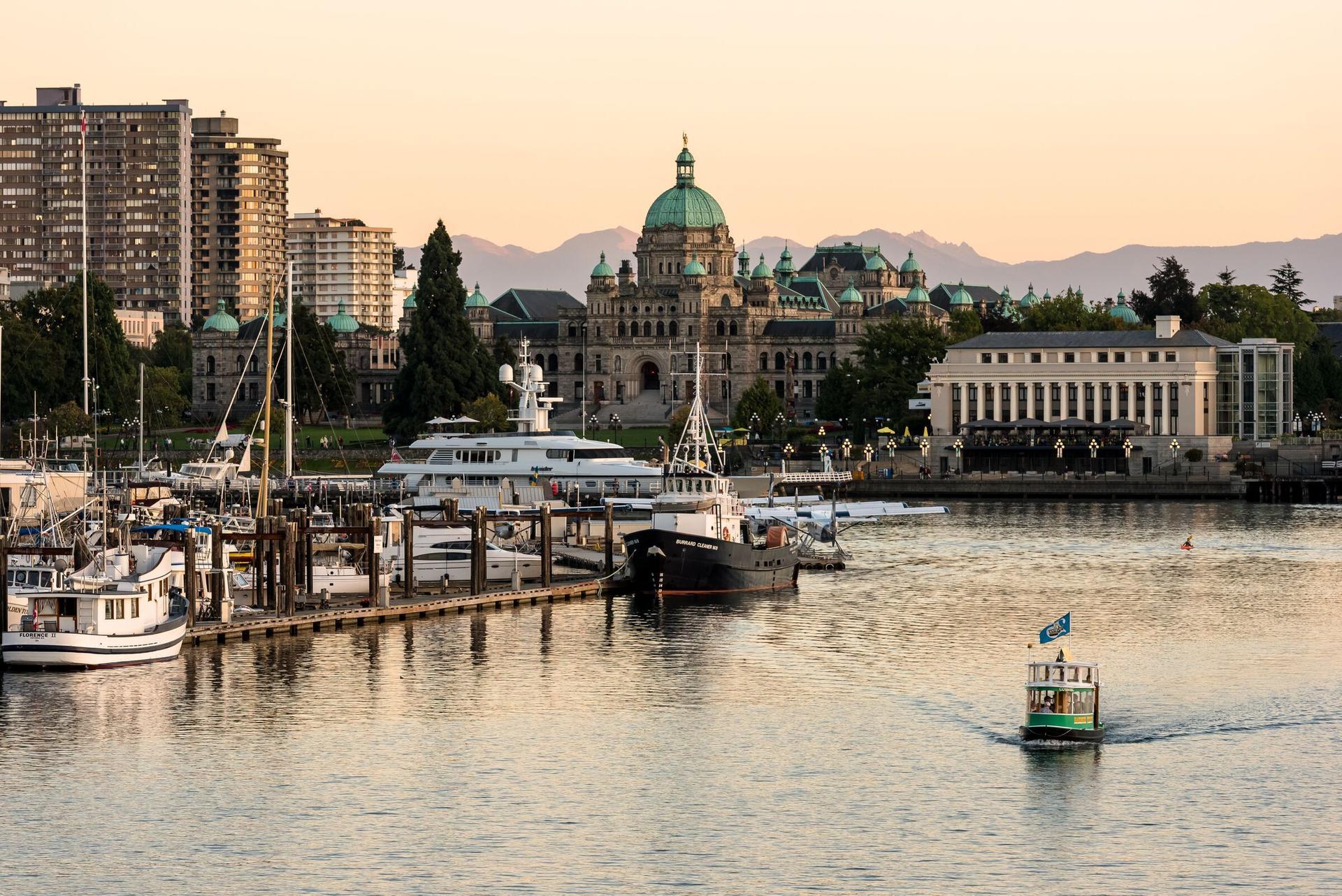Food will likely be the first thing that comes to mind when you think of seaweed. Yet, its applications don’t stop there. Seaweed is also an ingredient for pharmaceuticals, an alternative to plastic, a promoter of marine biodiversity and even, a sequester of carbon. Not surprisingly, a multitude of people — from researchers to environmentalists and culinary experts — are exploring the possibilities of this natural commodity.
With the world’s longest coastline and waters that teem with marine life, Canada is uniquely suited to harness its potential. Although nascent, the seaweed aquaculture industry is quickly growing across the country. To showcase this expertise, Destination Greater Victoria led a bid to bring the 25th International Seaweed Symposium to Victoria through its Local Host Program, which was supported by Cascadia Seaweed. After being announced as the host destination, Dr. Kate Moran, President and CEO of Oceans Networks Canada at the University of Victoria, stepped forward to help plan the symposium.

Kate Moran, President & CEO,
Ocean Networks Canada
“Victoria’s Local Host Program provides an opportunity for locals to bring a conference to their own city, showcase what the destination has to offer, and bring together local experts,” said Miranda Ji, Executive Vice President, Sales & Business Development, Destination Greater Victoria. “The program offers resources and support for the local host to put together a bid to bring the conference home.”
A natural fit
Held every three years by the International Seaweed Association, the Symposium brings together experts and organizations to discuss the fundamental role of seaweed in our world. One of the factors that led to Victoria being selected is its ideal location for global participants.
Equally as important, Moran explained, is Victoria’s proximity to locations where people can see natural seaweed growing in the coastal environment. It’s surrounded by the Salish Sea, one of the most biologically rich inland waterways in the world. There are also more than 600 species of seaweed along the coast of British Columbia. “The international team that selected us visited recently and they were thrilled to have ready access to this biodiversity in a beautiful location,” added Moran.
Amplifying seaweed’s potential
The 25th International Seaweed Symposium will take place from May 4 – 9, 2025. The theme of the symposium is “Building on the Past to Propel the Seaweed Momentum.” During it, hundreds of global industry professionals, academics, students and Indigenous Peoples will come together to share research, exchange ideas and advance the industry in a social, environmental and economical way.
“The symposium is a way to bring people together who have a common goal or passion for seaweed and the power it has to improve our world,” said Erin Bremner-Mitchell, Manager of Communications and Engagement at Cascadia Seaweed in Sidney, which is the largest ocean cultivator of seaweed in Canada.
The symposium’s organizing committee, which includes representatives from Ocean Networks Canada, Cascadia Seaweed, Acadian Seaplants, the Pacific Seaweed Industry Association, and Professional Conference Organizers at Venue West are now working to develop a meaningful agenda. Already, it’s clear that there will be plenty of opportunities to tap into the region’s highly skilled talent, esteemed educational institutions and visionary companies.
In addition to captivating plenary speakers and insightful sessions throughout the week, the symposium will offer a series of technical and social tours. Participants will have the chance to visit the small coastal community of Bamfield in the Pacific Rim National Park, the colourful Butchart Gardens or local seaweed farms along the rugged coast of Sooke.
“When we developed the bid, we put a creative lens on what would make for a memorable experience for our guests,” said Bremner-Mitchell. “Greater Victoria and the island have so many treasures. One of our advantages is the variety of offerings for the social programs and tours.”
As part of the planning and delivery of this symposium, the committee is also working closely with Indigenous individuals. “We want to ensure that they shape how they see the future of seaweed in their communities across Canada,” said Moran.
Ready for its close-up
With its deep expertise and vast coastline, Canada is poised to tackle some of the planet's greatest challenges with seaweed. When thinking about the impact the symposium will have, both Moran and Bremner-Mitchell believe it will raise awareness of the role that Canada can have in creating a more sustainable future.
“I think it will be an important legacy for the industry wanting to set up shop here in Canada,” Moran said. “We’re showcasing that Canada is at the forefront of seaweed cultivation, and all the possibilities that come with this knowledge capital, from food production to mitigating climate change and beyond.”
“Seaweed is a critical part of ocean ecosystems, but it’s also under threat,” added Bremner-Mitchell. “My hope is that the symposium will provide solutions — not only for scientists and industry professionals but for the greater public as well. We have an opportunity to generate awareness and share how it can positively impact their lives.”
The Canadian Visionaries Network
Meet the Canadians, like Kate Moran, whose innovation and sector leadership are attracting international business events to Canada.
